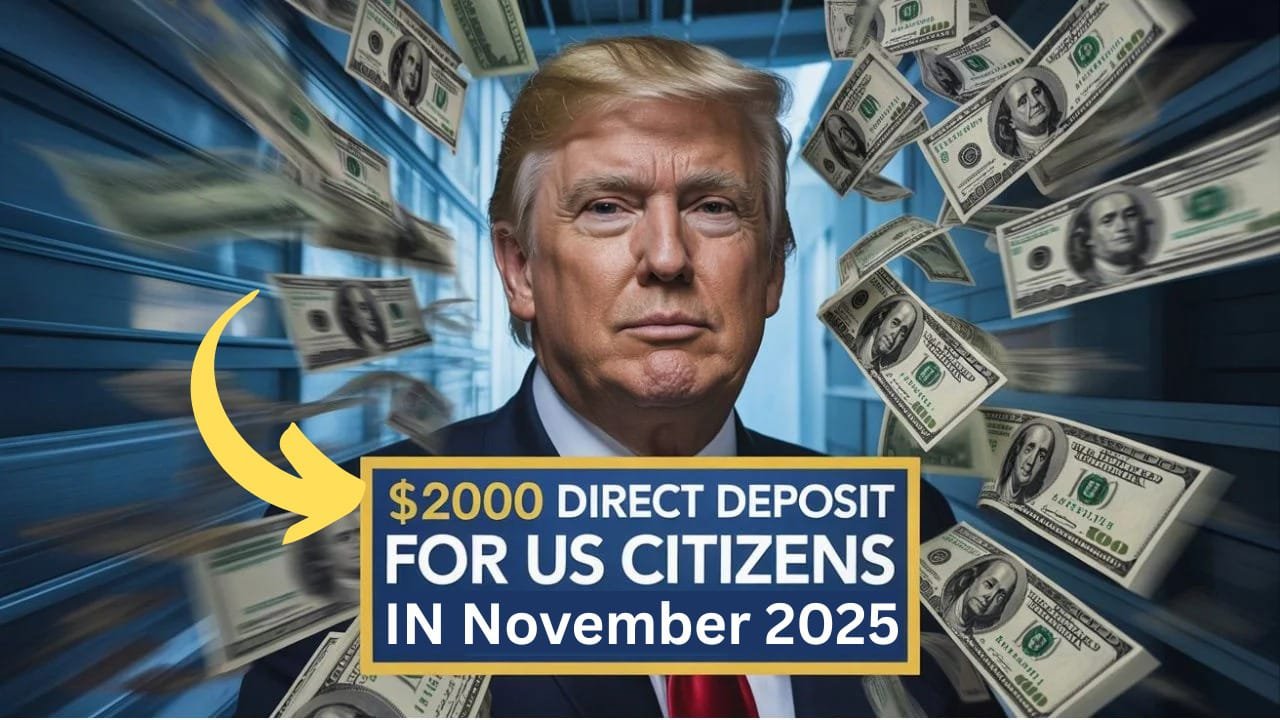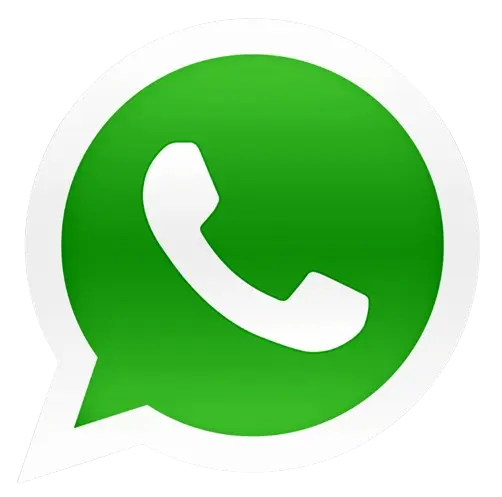As the year draws to a close, millions of Americans are waiting for good news($2,000 Direct Deposit for US Citizens in November 2025) from the federal government—and that news may finally arrive in November 2025. The much-discussed $2,000 direct deposit payments to US citizens are expected to provide much-needed financial relief to families still grappling with the long-term effects of inflation, rising rents, and increased daily expenses.
Although not officially called a “stimulus check,” this payment functions similarly—a one-time direct deposit issued by the IRS and the US Treasury Department to help stabilize families’ financial situation before the end of the year. For senior citizens, working families, and individuals on fixed incomes, this could be the helping hand they’ve been waiting for.
What is the $2,000 Direct Deposit Program?
The $2,000 Direct Deposit initiative is designed to provide additional financial assistance to eligible American citizens amid continued economic uncertainty. It is part of ongoing efforts to boost consumer spending, mitigate inflationary pressures, and ensure that vulnerable populations, such as retirees and low-income individuals, have the resources they need to meet basic needs.
This payment will be made automatically via direct deposit, paper check, or prepaid debit card (EIP card), depending on how recipients received previous payments from the IRS. Those with an active bank account linked to the IRS will receive the funds first.
Unlike previous pandemic-related stimulus plans, this time the assistance is intended to reflect the ongoing economic recovery rather than emergency relief. Nevertheless, its impact on American families is expected to be significant.
Eligibility for a $2,000 direct deposit in November 2025
To ensure fair distribution, eligibility for the $2,000 direct deposit will be based on income level, filing status, and participation in certain federal programs.
Here is a general outline of who is eligible:
| Filing Status | Adjusted Gross Income (AGI) Limit | Payment Amount |
|---|---|---|
| Single Filer | Up to $75,000 | Full $2,000 |
| Married Filing Jointly | Up to $150,000 | $4,000 per couple |
| Head of Household | Up to $112,500 | Full $2,000 |
| Above Threshold | Gradual phase-out | Reduced amount |
Other eligible groups include:
- Social Security (SSI/SSDI) recipients
- Veterans Affairs (VA) beneficiaries
- Railway Retirement recipients
- Low-income individuals who pay no taxes but receive federal benefits
Those earning above the income limit may also receive a partial payment, depending on how their adjusted gross income meets the federal limit.
Payment Dates and Rollout Schedule
The IRS typically releases payments in stages to ensure accuracy and prevent duplication. Based on current expectations, the November 2025 payment schedule will be as follows:
- November 8-15, 2025: Direct deposits to taxpayers with active banking details on file.
- November 18-22, 2025: Deposits to Social Security, SSI, SSDI, and VA recipients.
- November 25-December 5, 2025: Paper checks and prepaid debit cards will be sent to remaining eligible recipients.
The fastest way to receive payments is through direct deposit. Recipients relying on mailed checks may experience a slight delay depending on mail delivery times.
IRS Instructions for Citizens
The IRS has provided several recommendations to help citizens receive their payments smoothly and on time:
-
File your 2024 tax return.
Even if you earned minimal income, filing ensures your information is up to date and prevents delays in payment processing. -
Update your banking details.
Use the IRS “Get My Payment” or “Where’s My Refund?” tools (once activated for 2025 payments) to confirm or update your direct deposit details. -
Beware of scams.
The IRS will never contact you by phone, email, or text to ask for your personal or banking information. Only use the official IRS.gov website for updates. -
Check your mailing address.
If you’ve moved recently, make sure the IRS or Social Security Administration has your correct address to avoid lost or delayed checks. -
Monitor your payment status.
Once payments begin, eligible recipients will receive an official IRS notice (Letter 6475 or similar) confirming the amount and deposit method.
Why These Payments Are Important
Inflation will gradually decrease in 2025, but many Americans still face high costs for groceries, fuel, housing, and healthcare. A direct deposit of $2,000 could make a real difference—helping the elderly afford prescription drugs, families pay rent, or employees pay off debts before the holidays.
Economic analysts suggest that such payments not only alleviate personal financial stress but also boost the local economy. Every additional dollar spent on essential items like food or fuel contributes to the recovery of small businesses, strengthening the overall economy.
This initiative is also being seen as a way to reassure citizens—a sign that the federal government is concerned about the economic well-being of ordinary Americans, not just corporations or markets.
How to check if you’re eligible
To confirm eligibility:
- Visit the official IRS website and check for updates in the “Economic Impact Payment” section.
- Log in to your IRS online account to review your latest tax filing and income status.
- If you’re a Social Security or VA beneficiary, you don’t need to take any additional steps—payments will be issued automatically based on your benefit records.
If you believe you’re eligible but don’t receive a payment until December 2025, you can claim the missing amount as a refundable credit when you file your 2025 tax return.
Frequently Asked Questions (FAQs)
1. Is the $2,000 payment confirmed by the IRS?
As of late October 2025, the payment is in its final stages of approval and is expected to roll out starting mid-November.
2. Who qualifies for this payment?
U.S. citizens earning below $75,000 (single) or $150,000 (married filing jointly) — along with Social Security, SSI, SSDI, and VA beneficiaries — are eligible.
3. How will I receive the payment?
Most payments will be sent via direct deposit. Those without bank accounts will receive paper checks or EIP debit cards.
4. Do I need to apply for the $2,000 payment?
No application is required. Payments are processed automatically using the latest IRS or benefit program records.
5. Will it affect my Social Security or VA benefits?
No. The $2,000 payment is non-taxable and will not reduce or interfere with other federal benefits.
6. What if I didn’t file taxes in 2024?
You may still qualify if you receive federal benefits. If not, you should file a simple return to register your eligibility.
7. When will everyone receive the payment?
Most eligible citizens should receive their payments by early December 2025.

